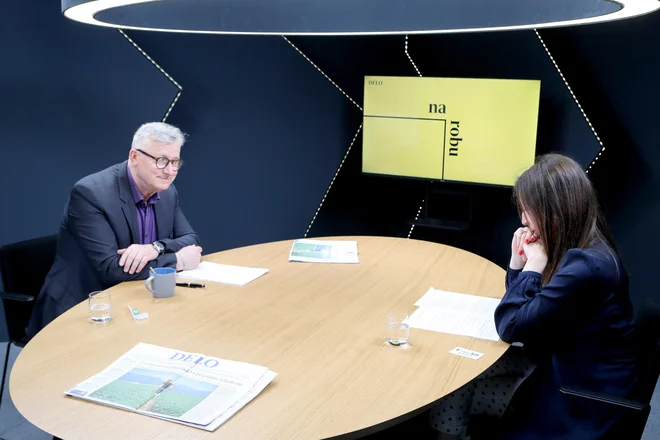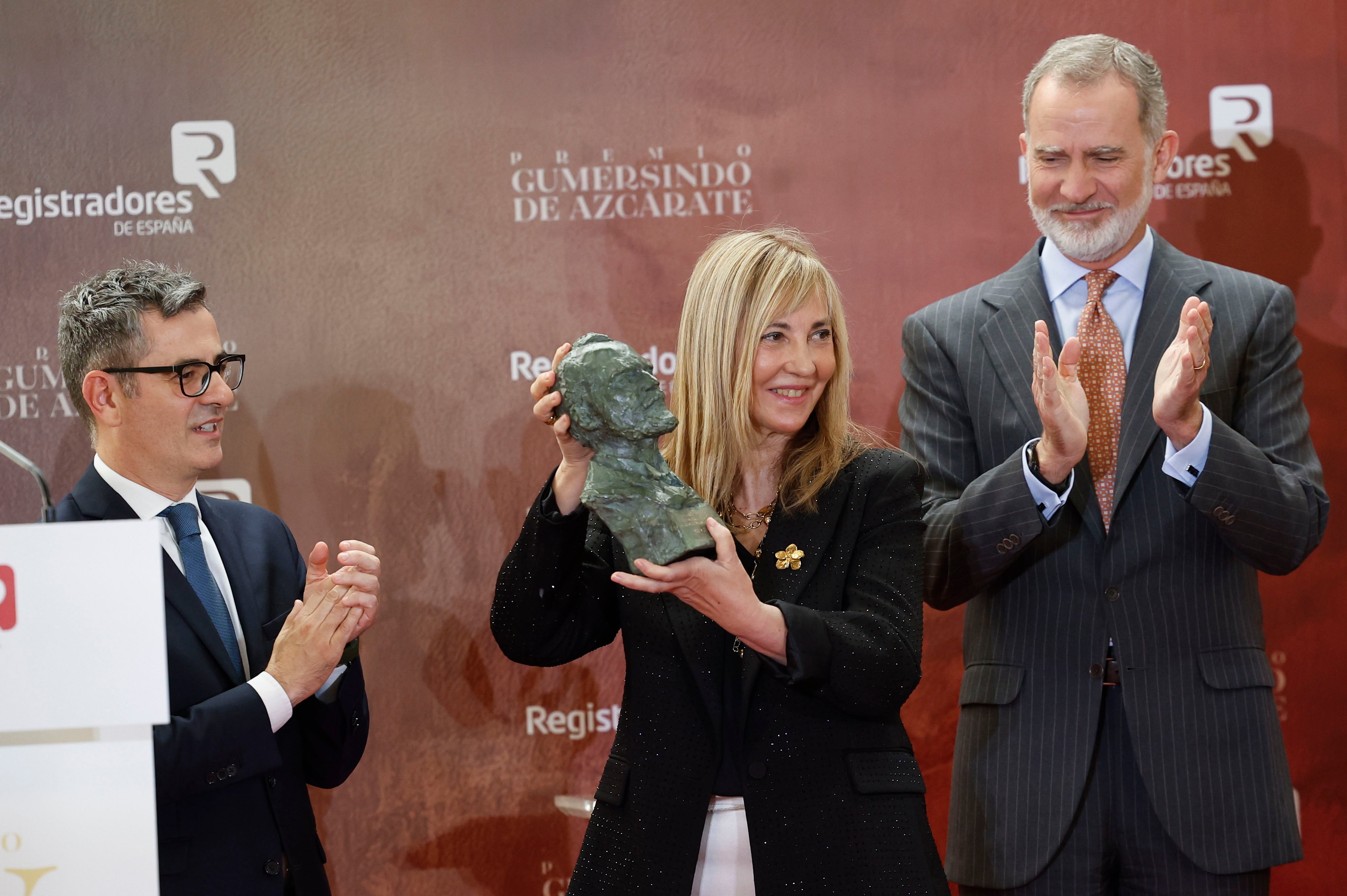shift of the AX-4 mission start due to problems with the Zvezda module
The decision to postpone the start was made in connection with the ongoing investigation regarding the Zvezda service module, which has recently undergone repairs. Joint activities of NASA and Russian Roskosmos are aimed at thorough understanding of the newly observed pressure signature in the stern module segment.
Start of the mission with Sławosz Uznański-Wiśniewski
The cosmonauts working on board the station have recently carried out detailed inspections of the internal surface of the Zvezda pressure module. As part of these activities, several additional areas were sealed that could be a source of problems, and the current level of leaks was measured. According to NASA, the segment currently maintains the pressure, which is a positive signal. However, as agency representatives emphasize, it is necessary to further examine the situation.
Determining the start of the Axiom 4 mission is to provide additional time to assess the module condition and determine whether the next steps are required to solve the problem. « We are waiting for the detailed answers of Roskosmos regarding the Zvezda module, » NASA informed in an official announcement.
When is the start of the AX-4 mission?
The new start date of the Axiom 4 mission will be announced as soon as technical analyzes are completed.
The mission commander is Peggy Whitson, the NASA astronaut, and currently the Director of Human Space Flights at Axiom Space. The crew will also include Shubhanshu Shukla, an astronaut of the Indian Organization for Space Research (ISRO), which will act as a pilot, and two mission specialists: Sławosz Uznański-Wiśniewski from Poland, representing the European Space Agency (ESA), and Tibor of Kapu from Hungary.
The crew will set off onto an orbit on board Spacex Dragon, taken by the Falcon 9 rocket from the 39a start complex at Kennedy Space Center in Florida.
Source: NASA
Musk threatened Trump. Pole’s flight into space in question? An intervene intervened
A mysterious NASA Astronaut meeting with … flying balls. « It wasn’t on the radar »





